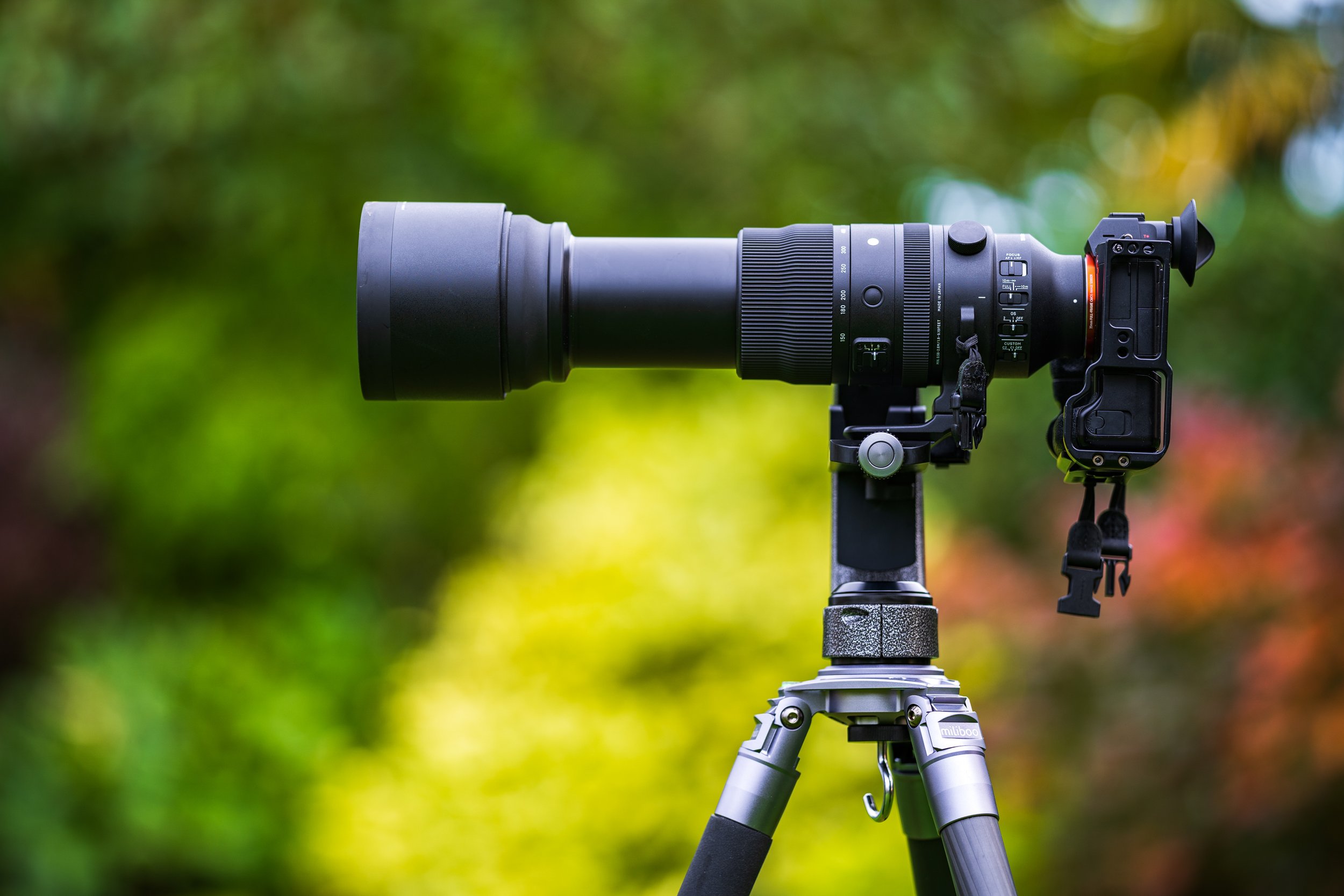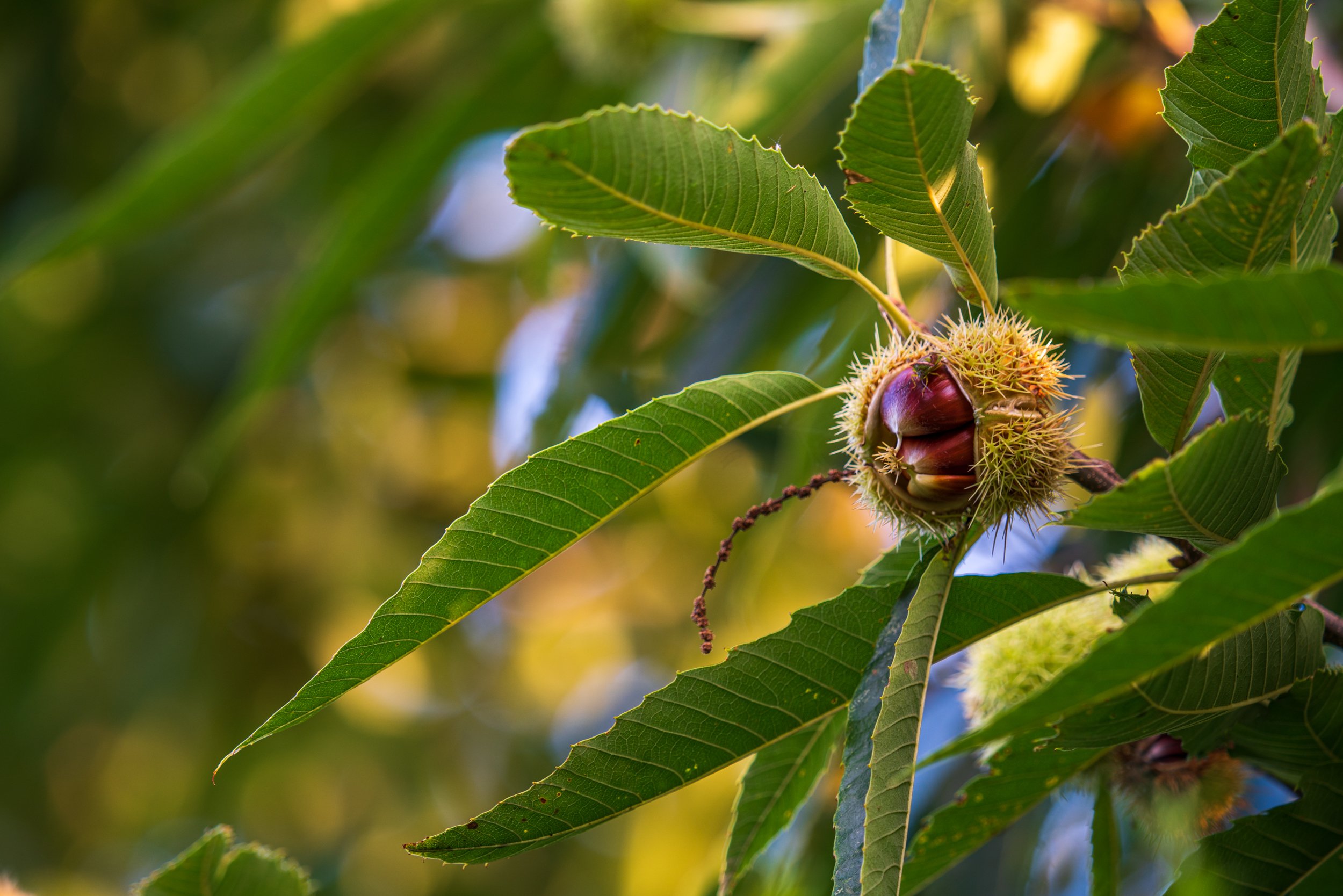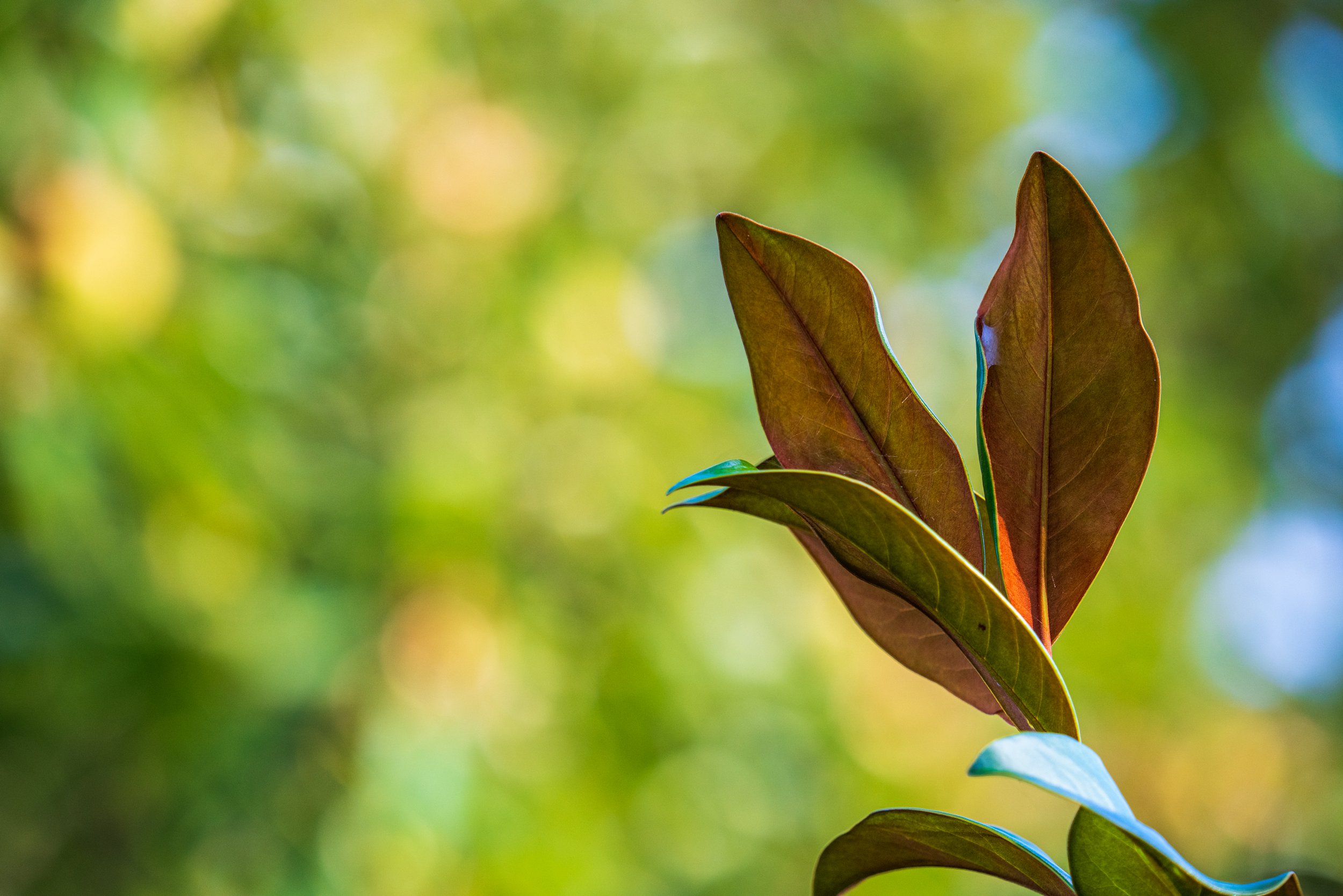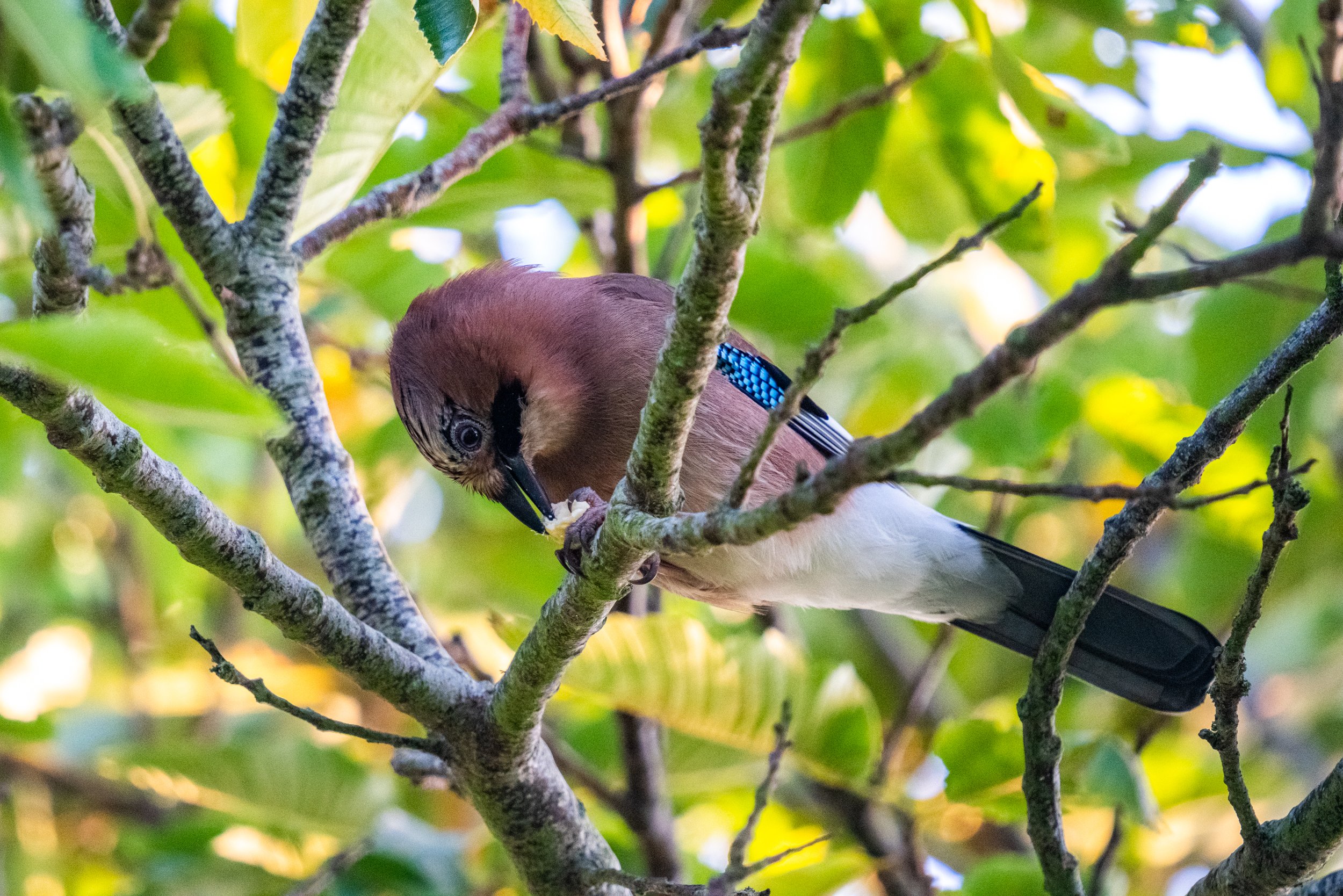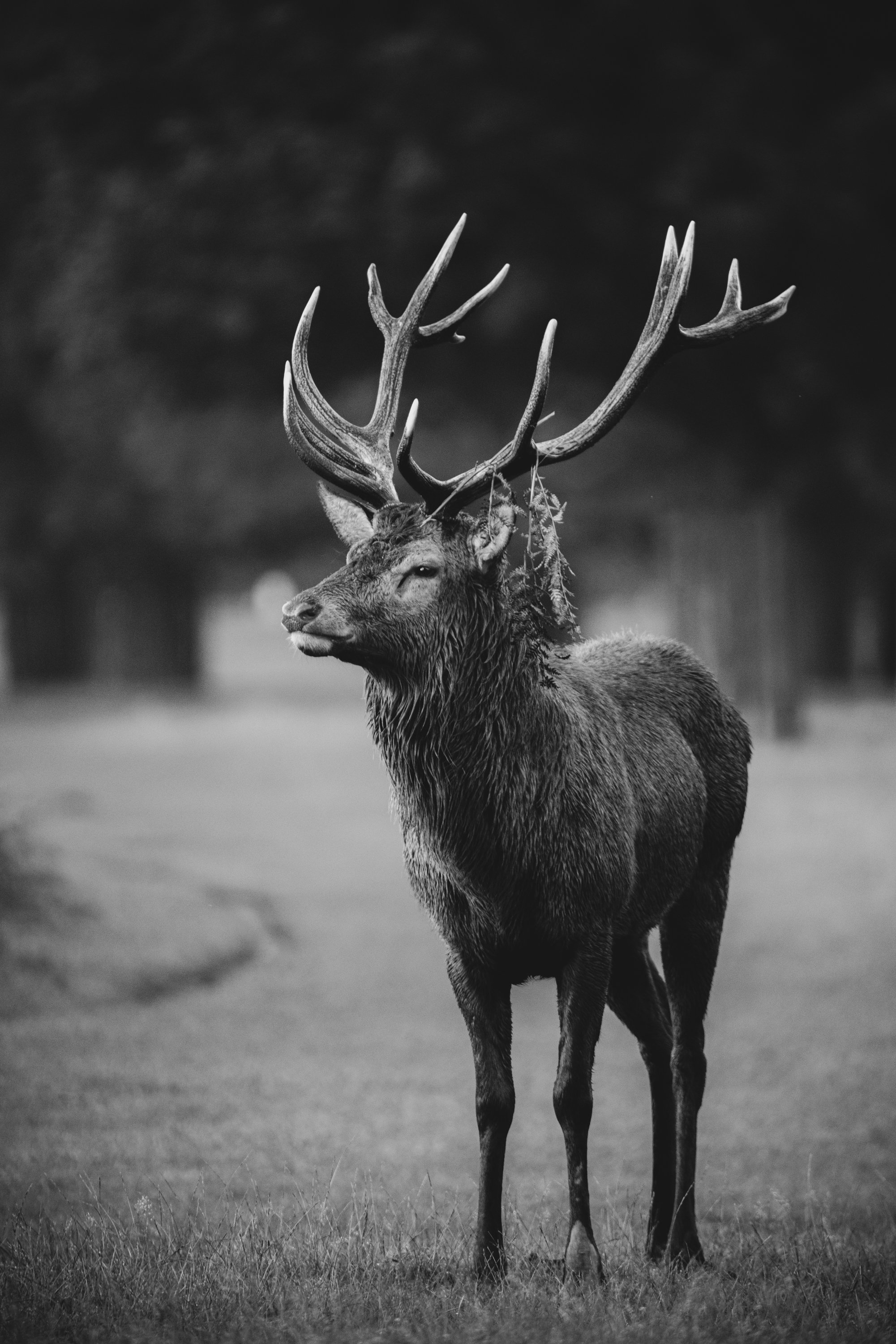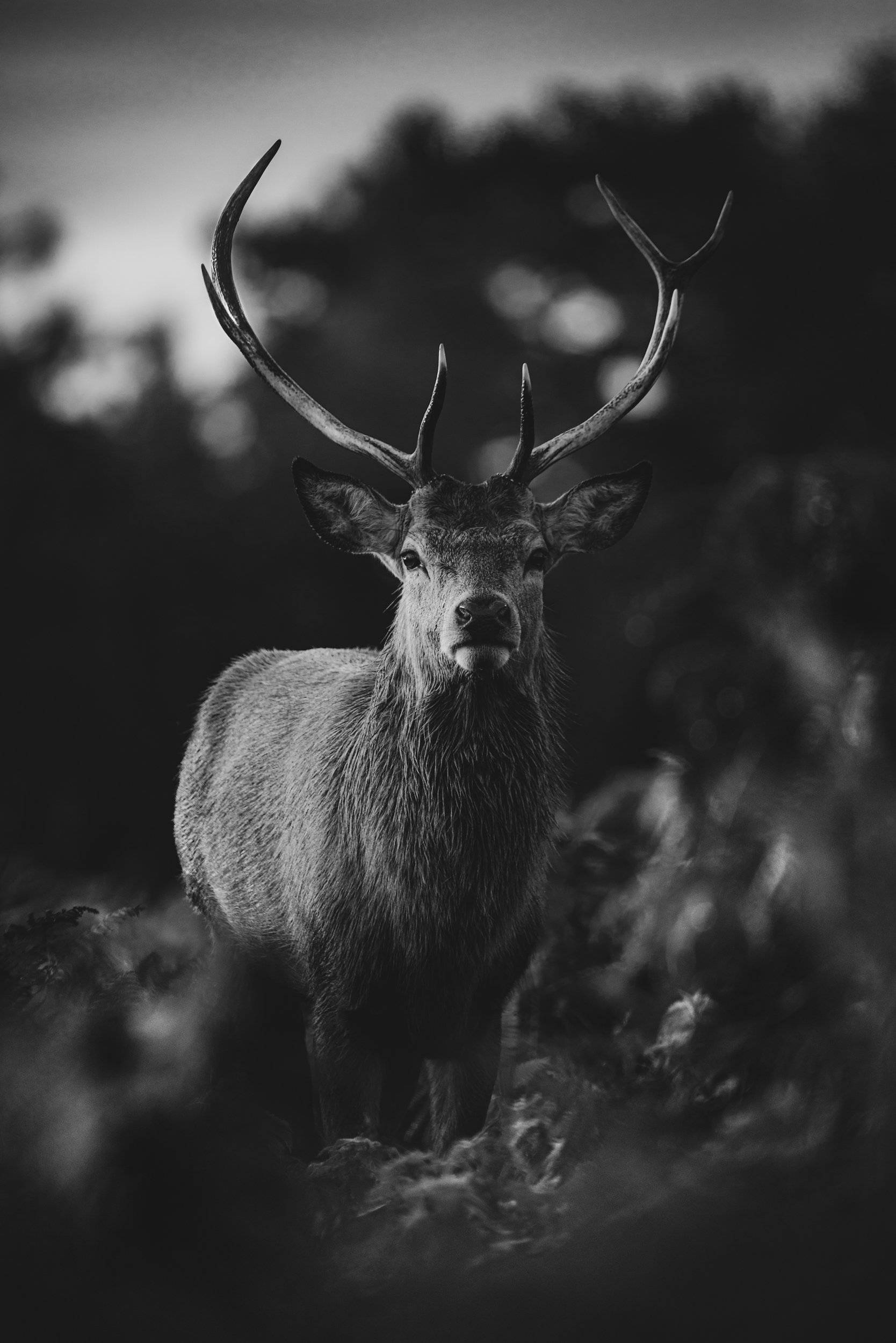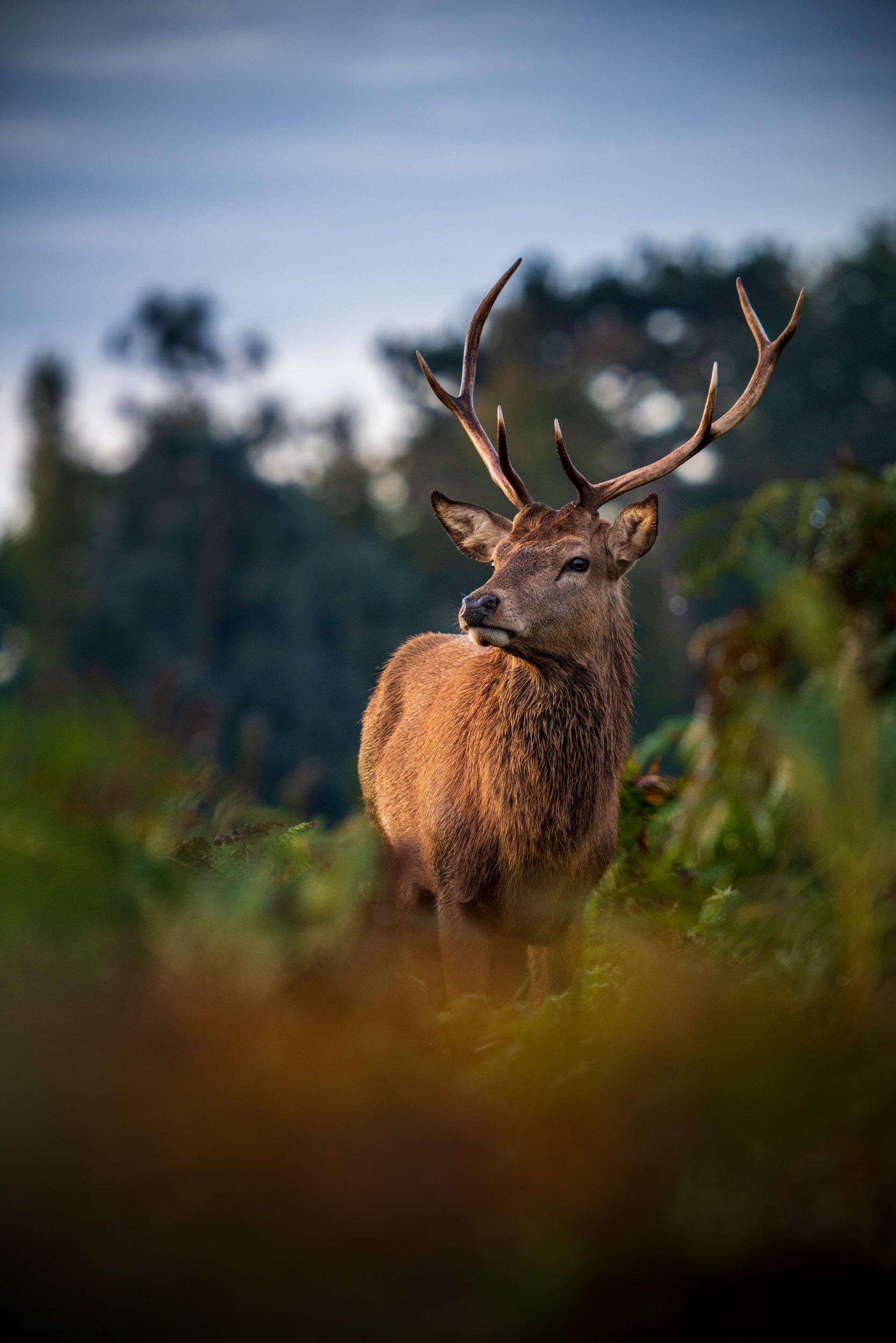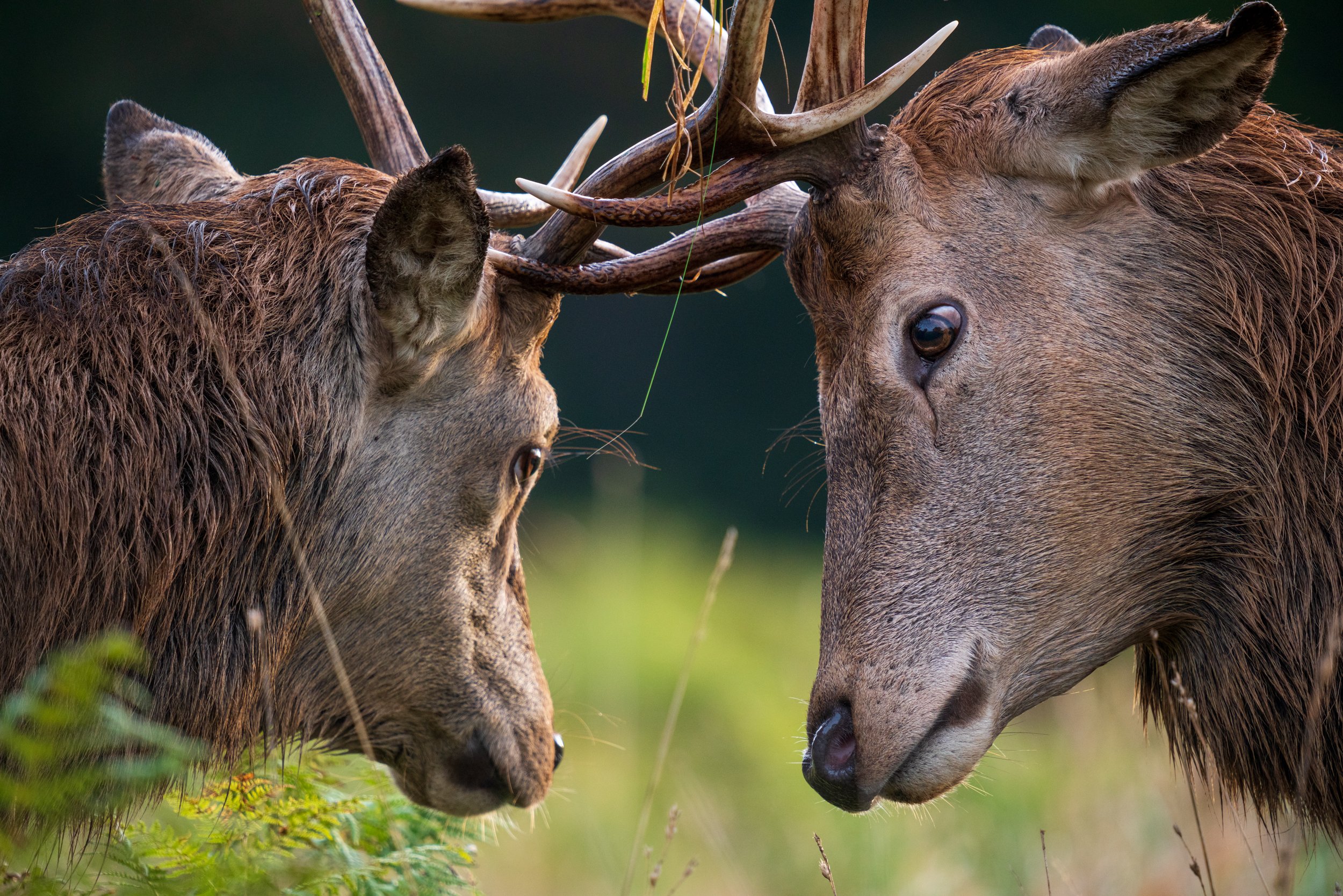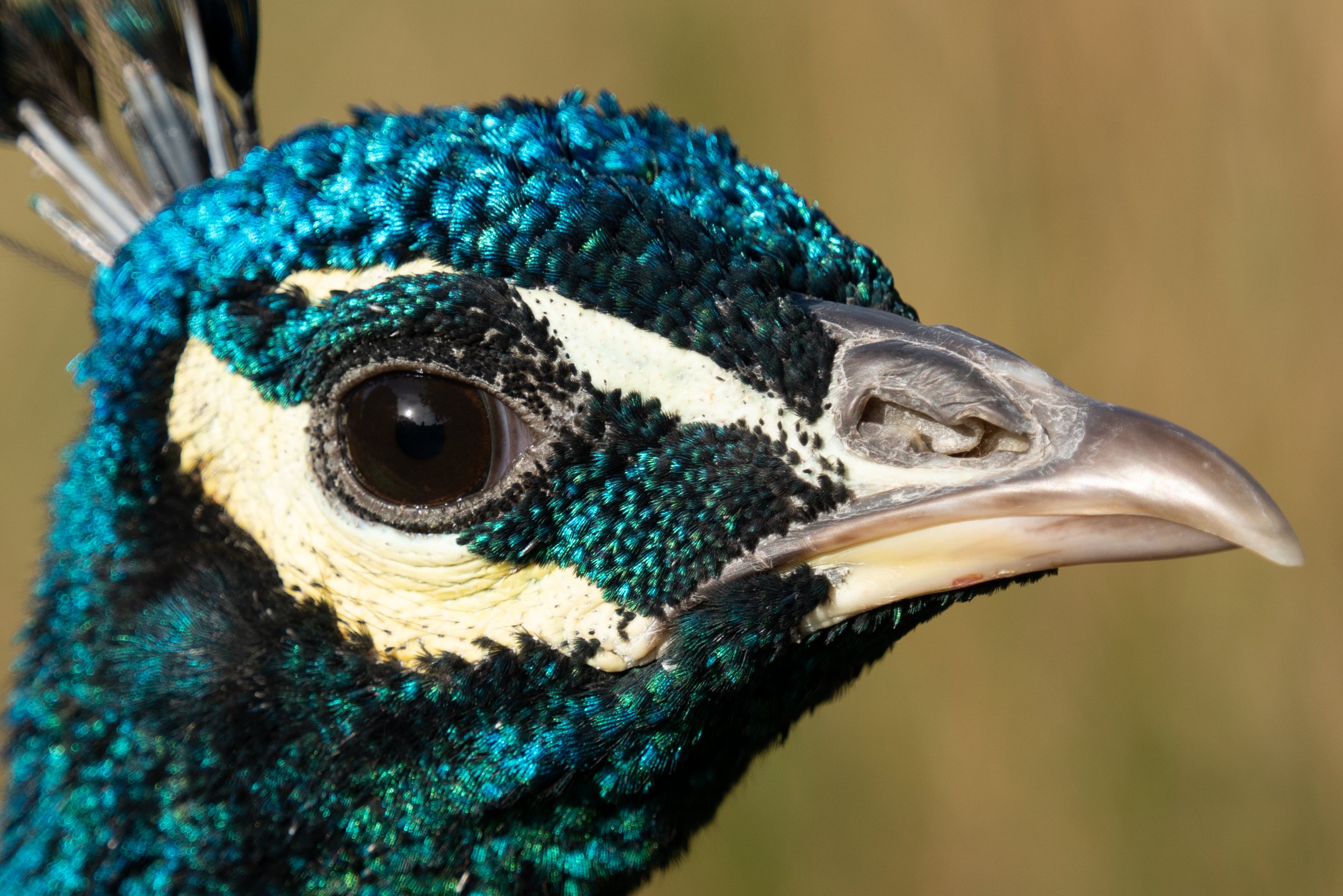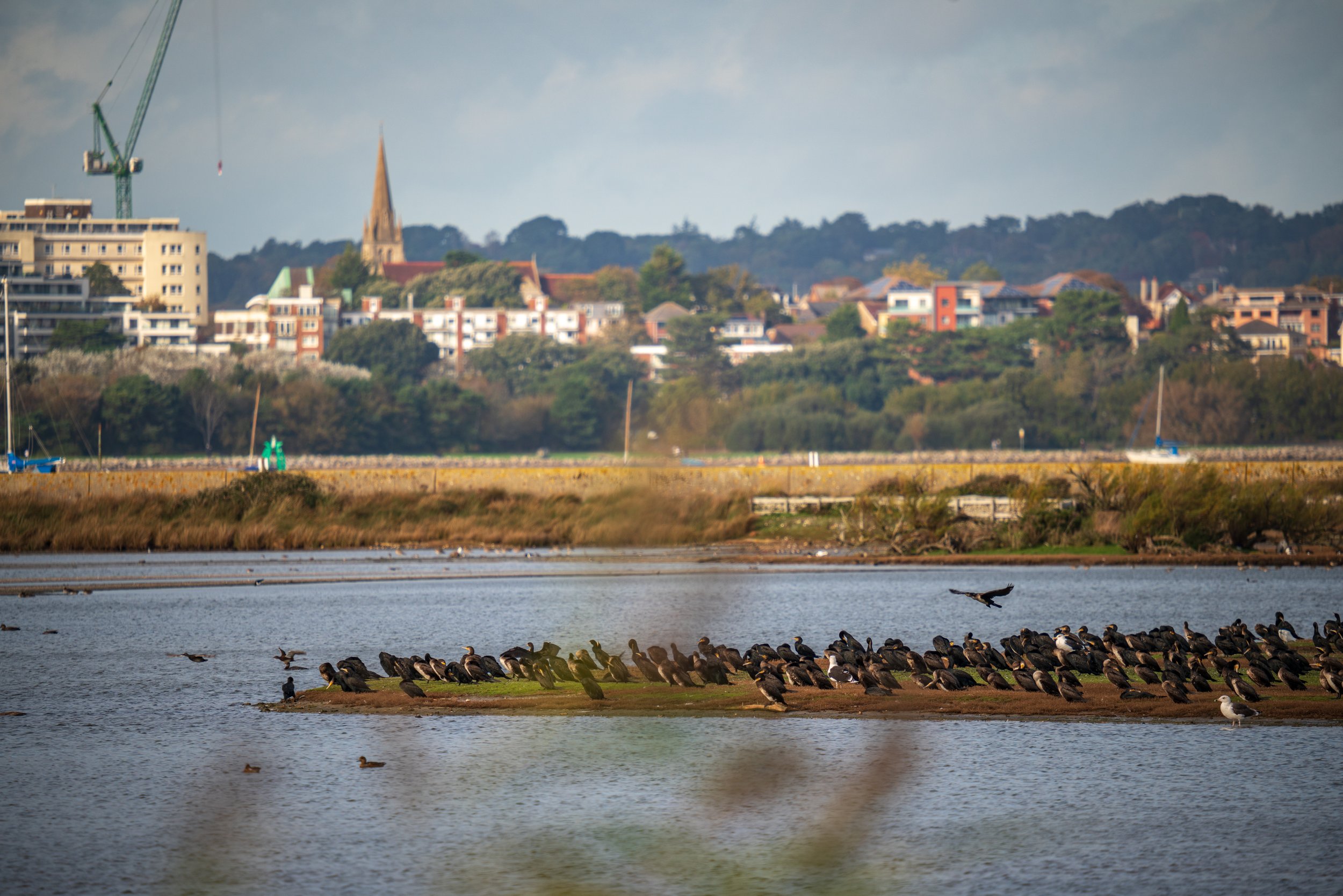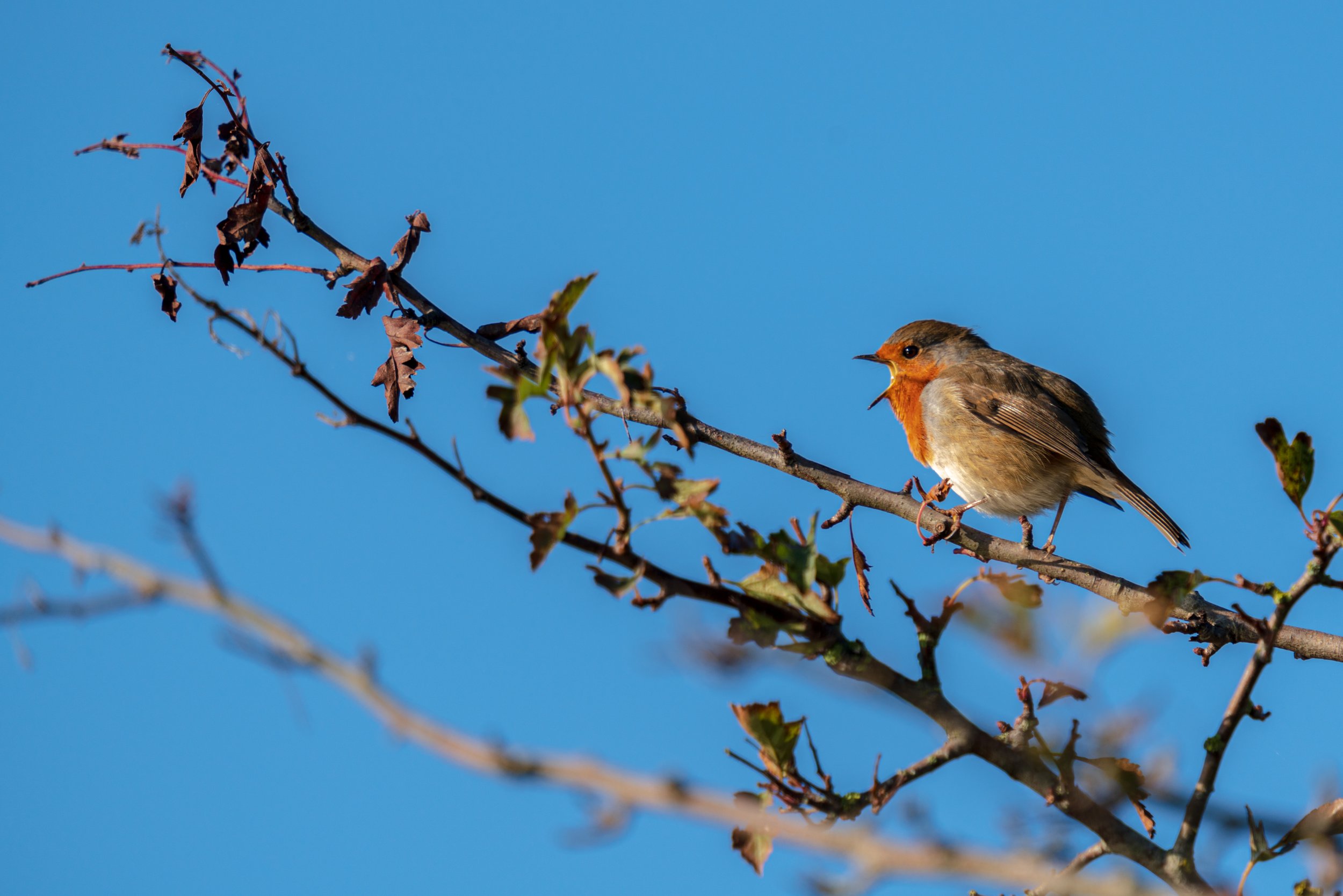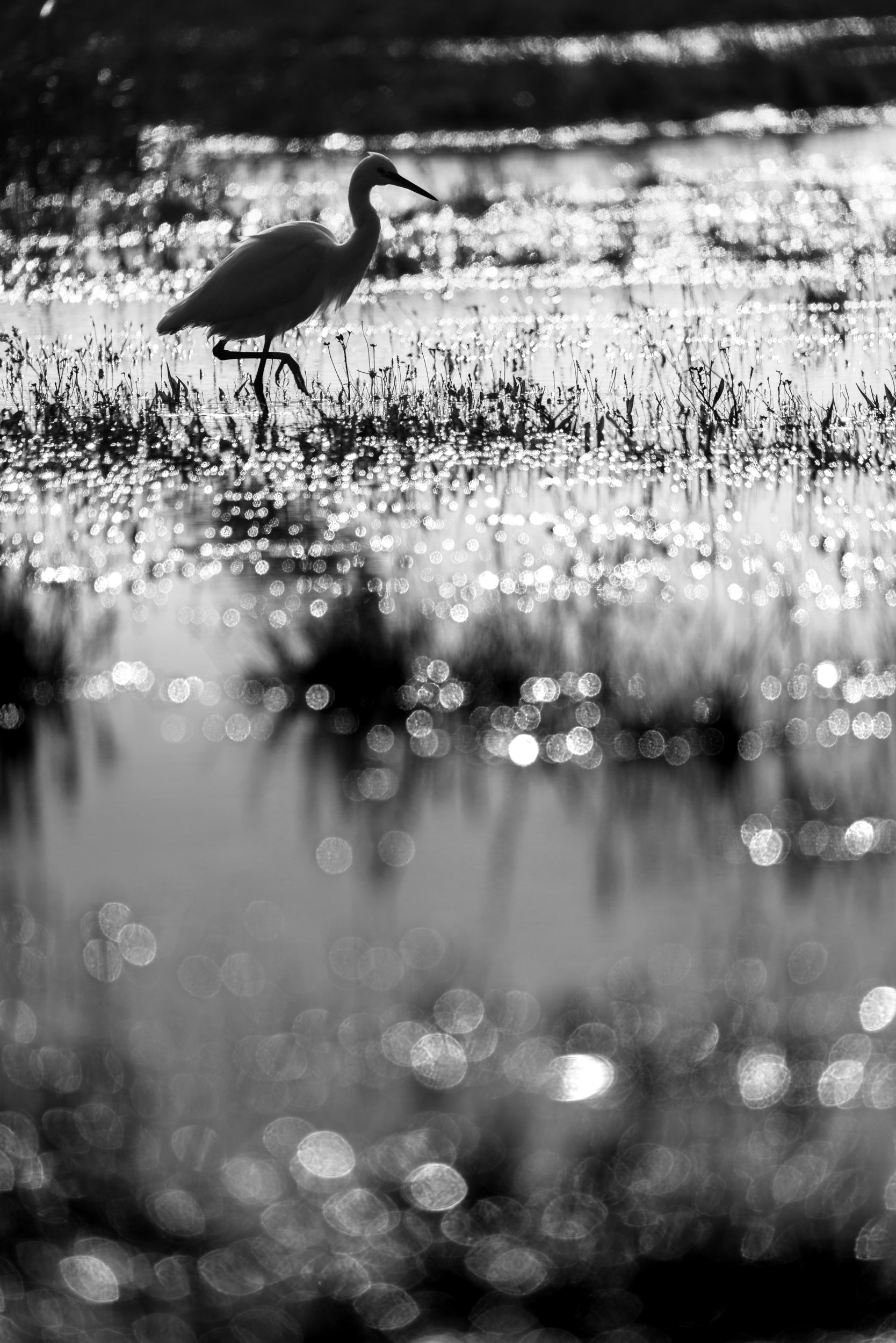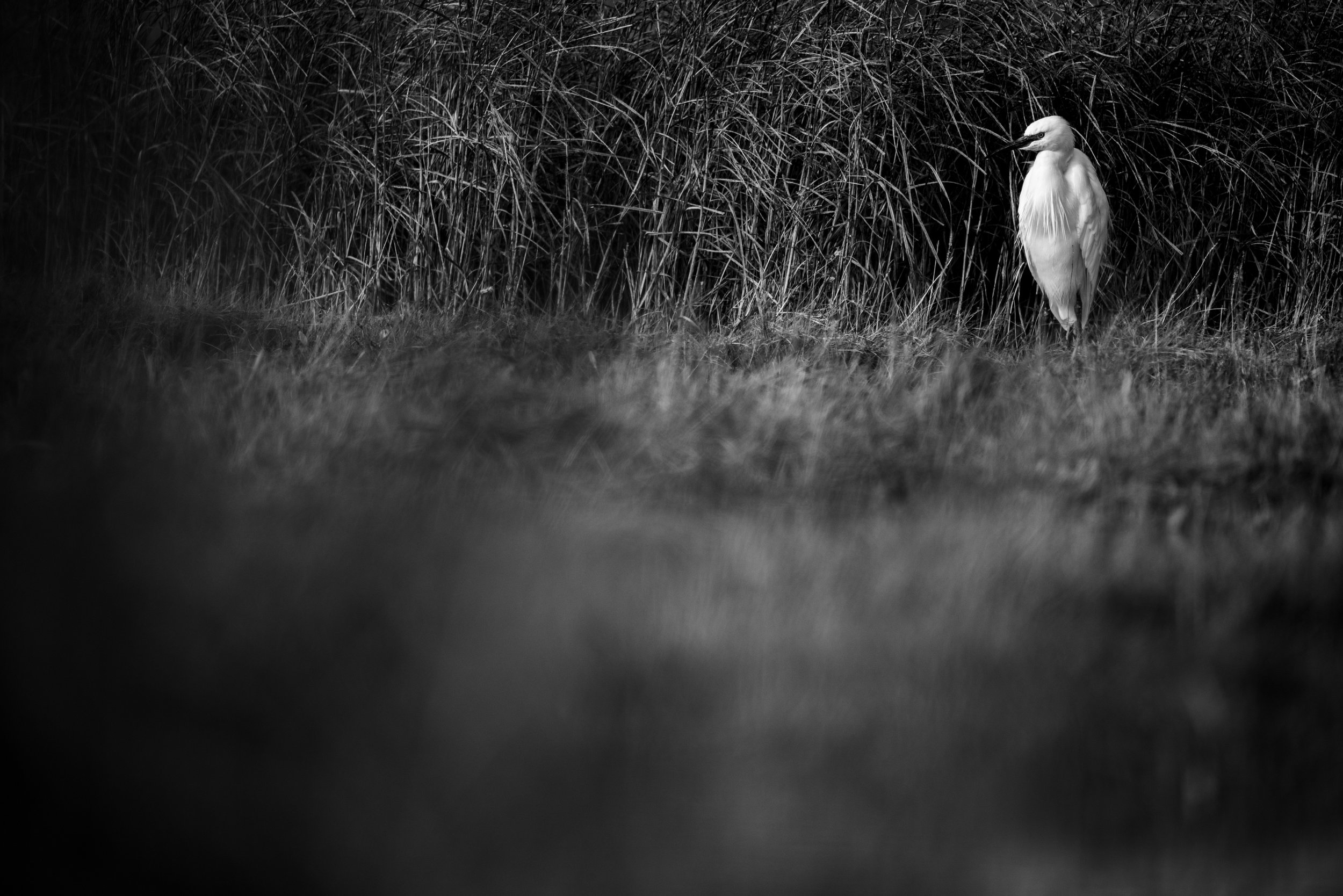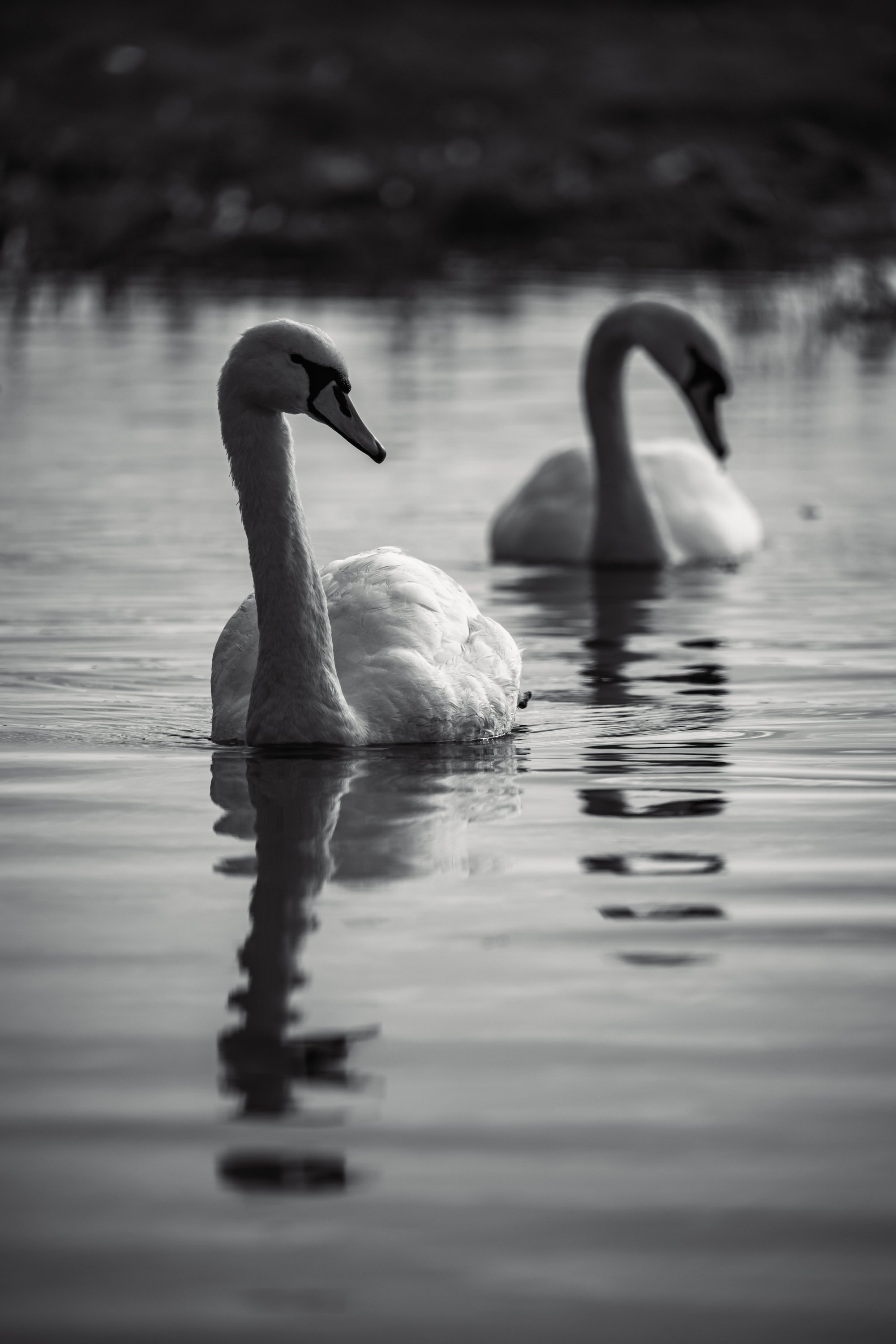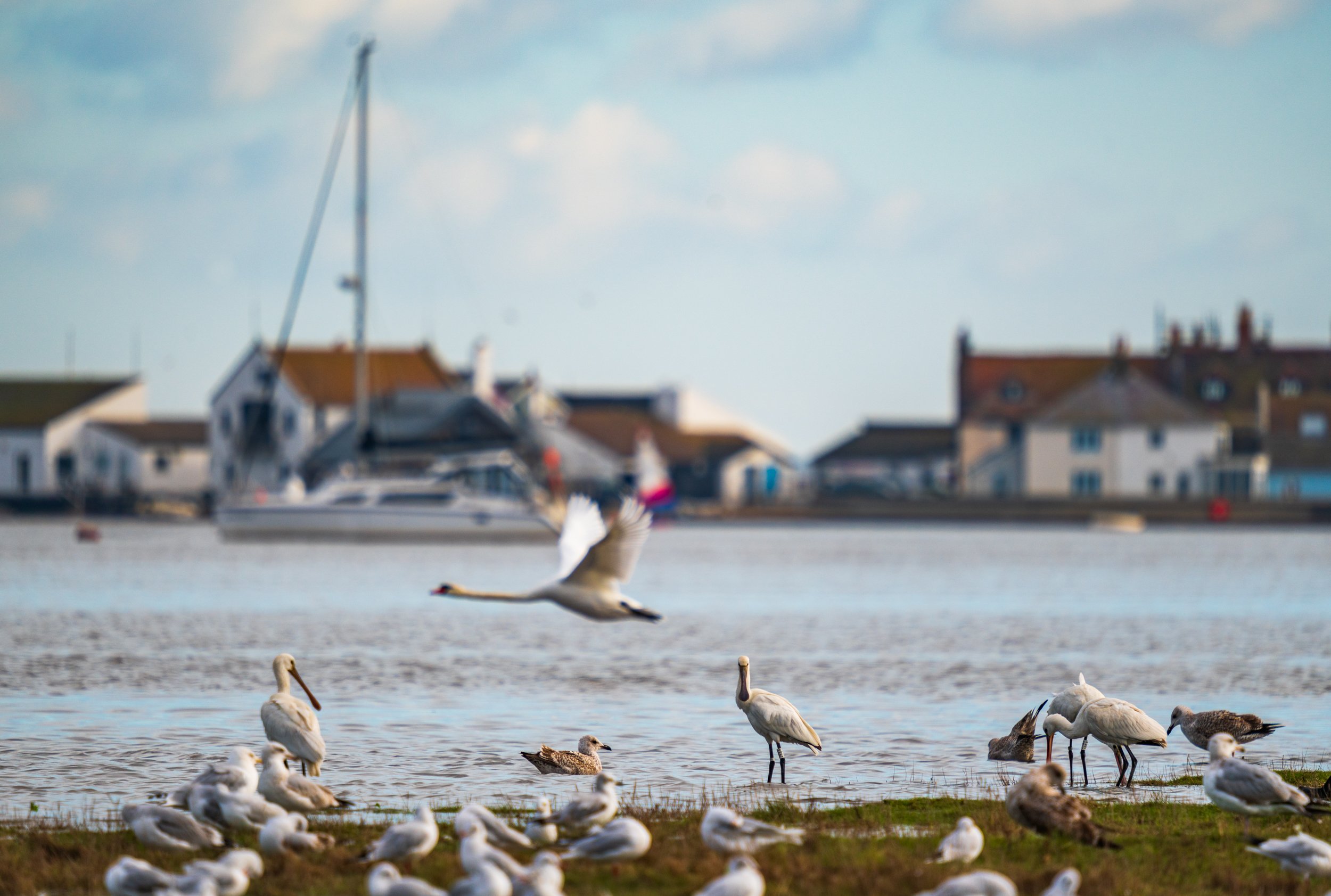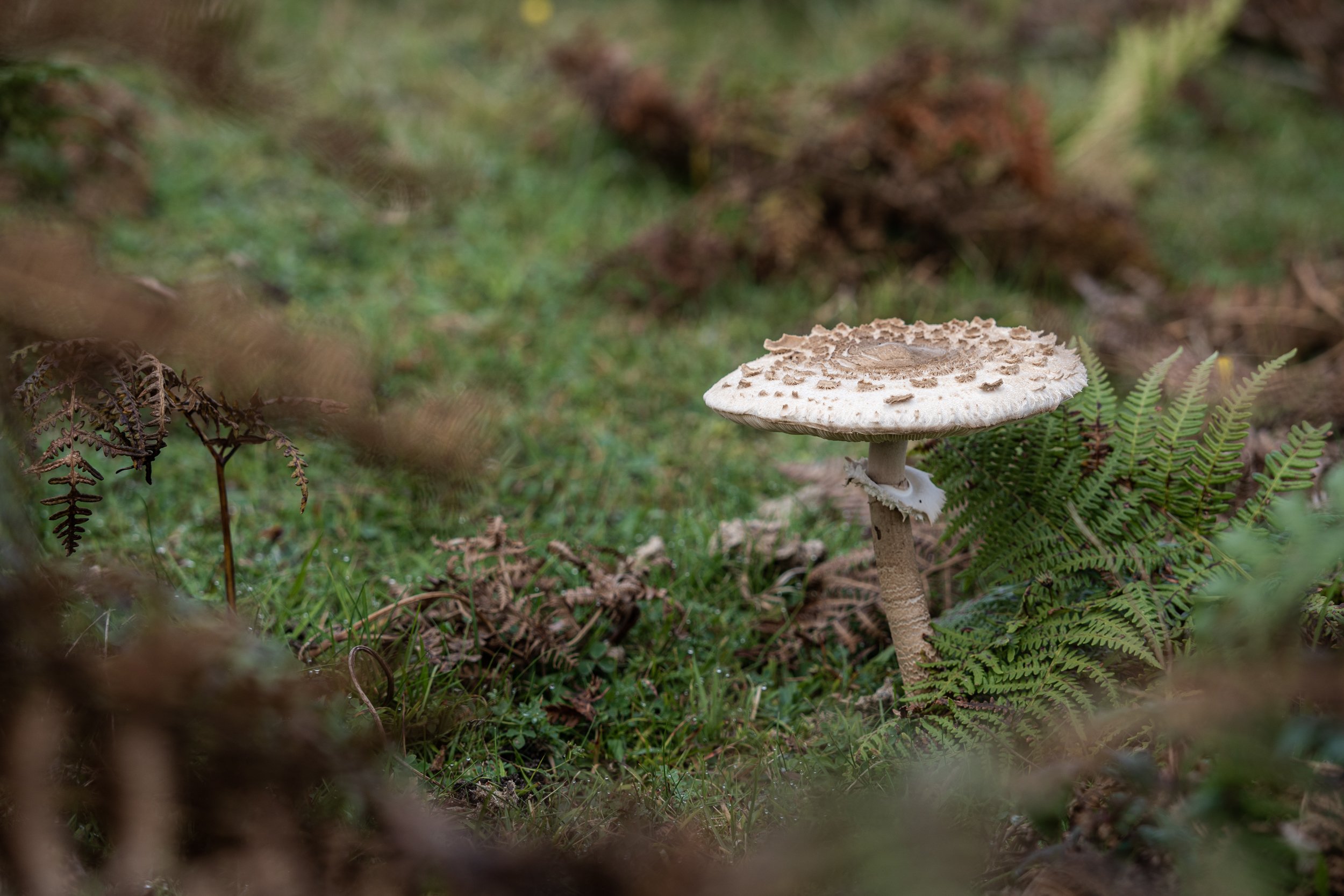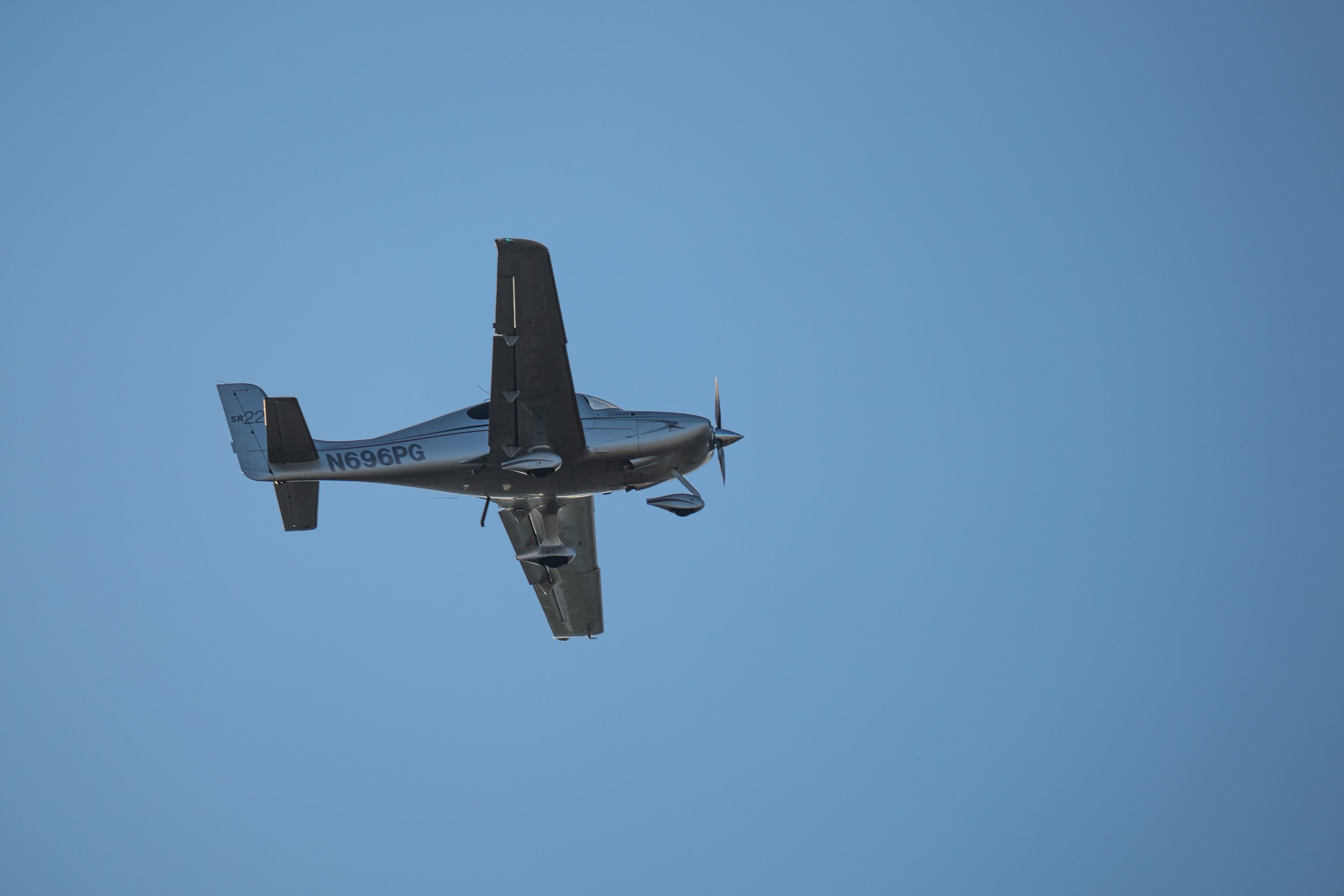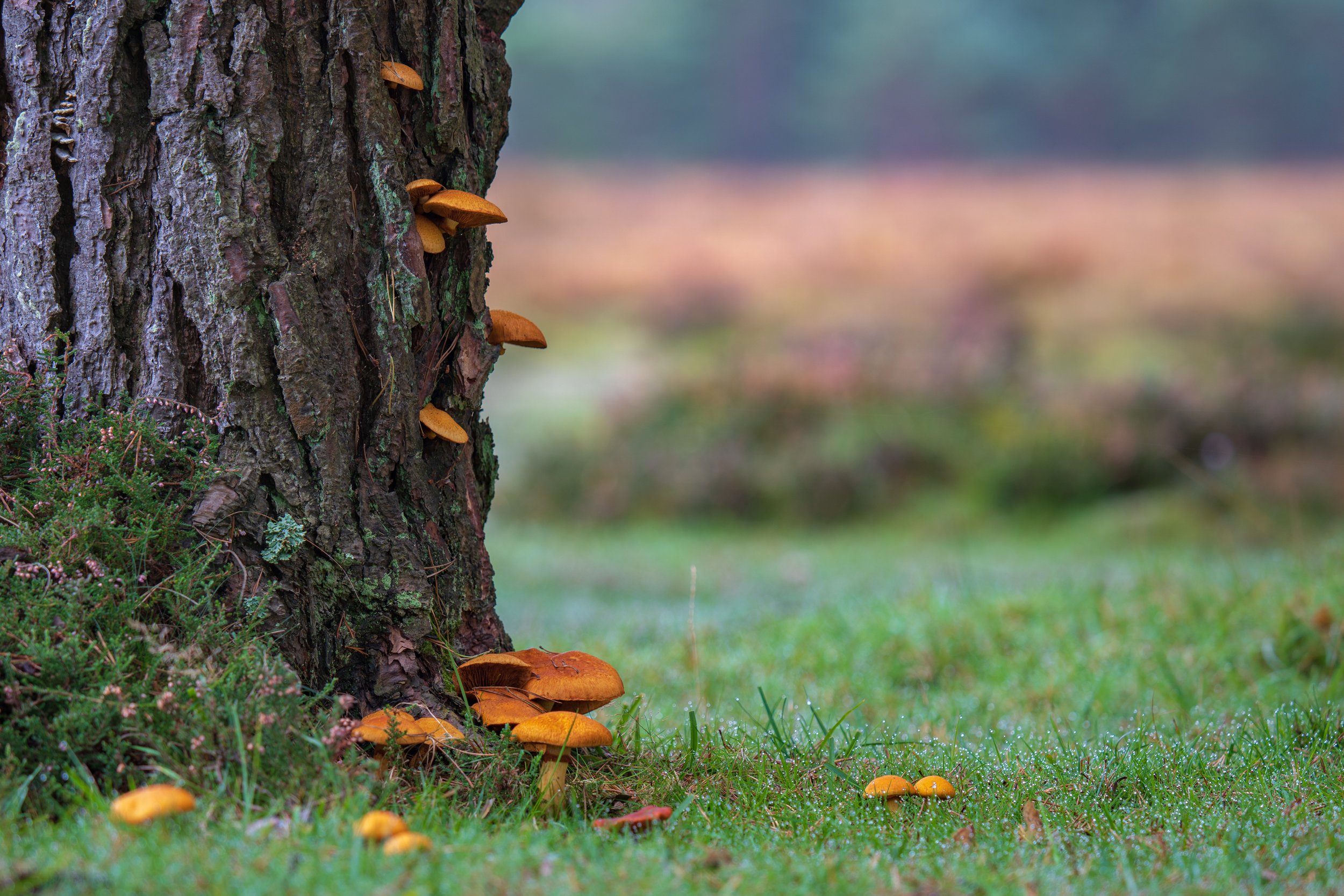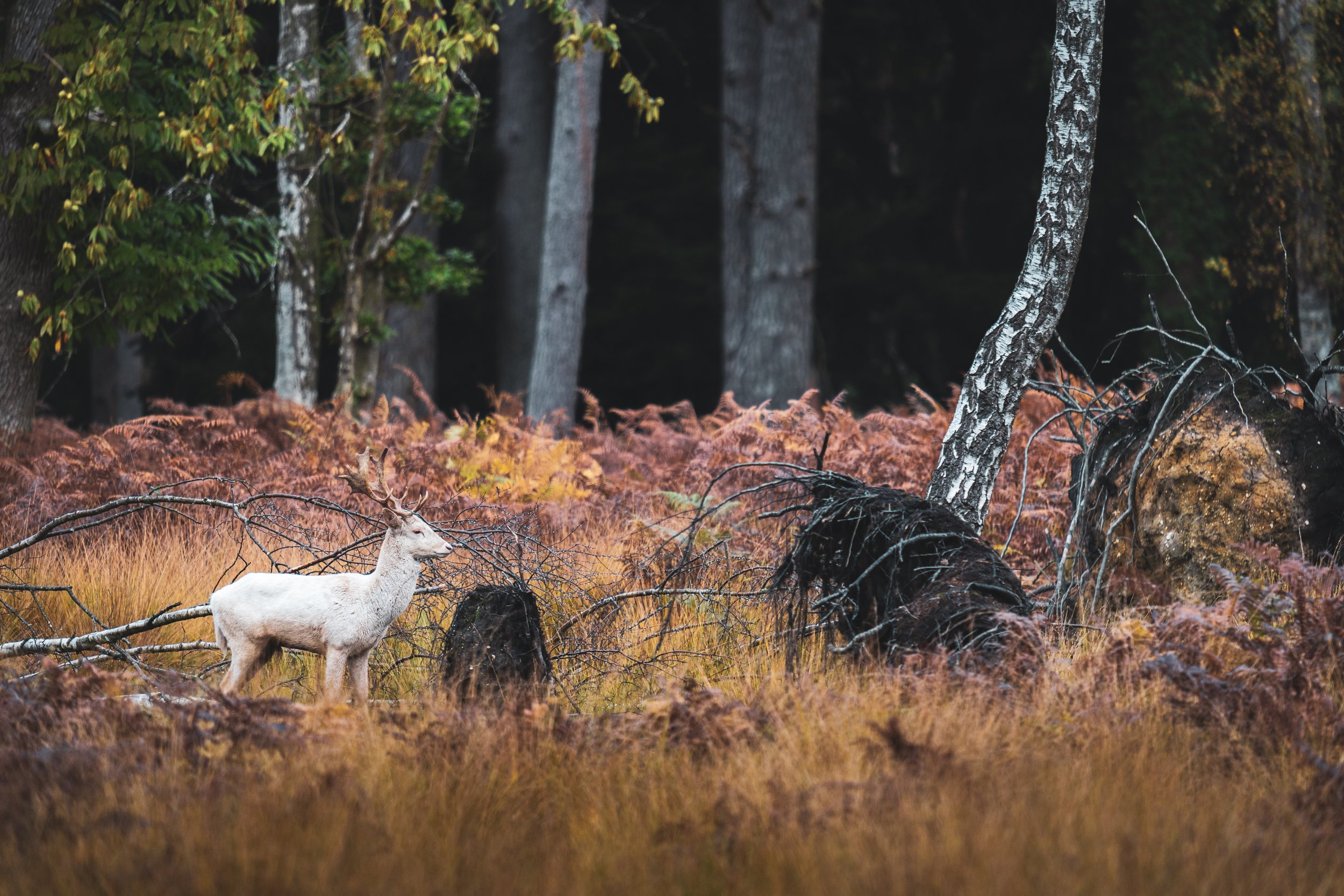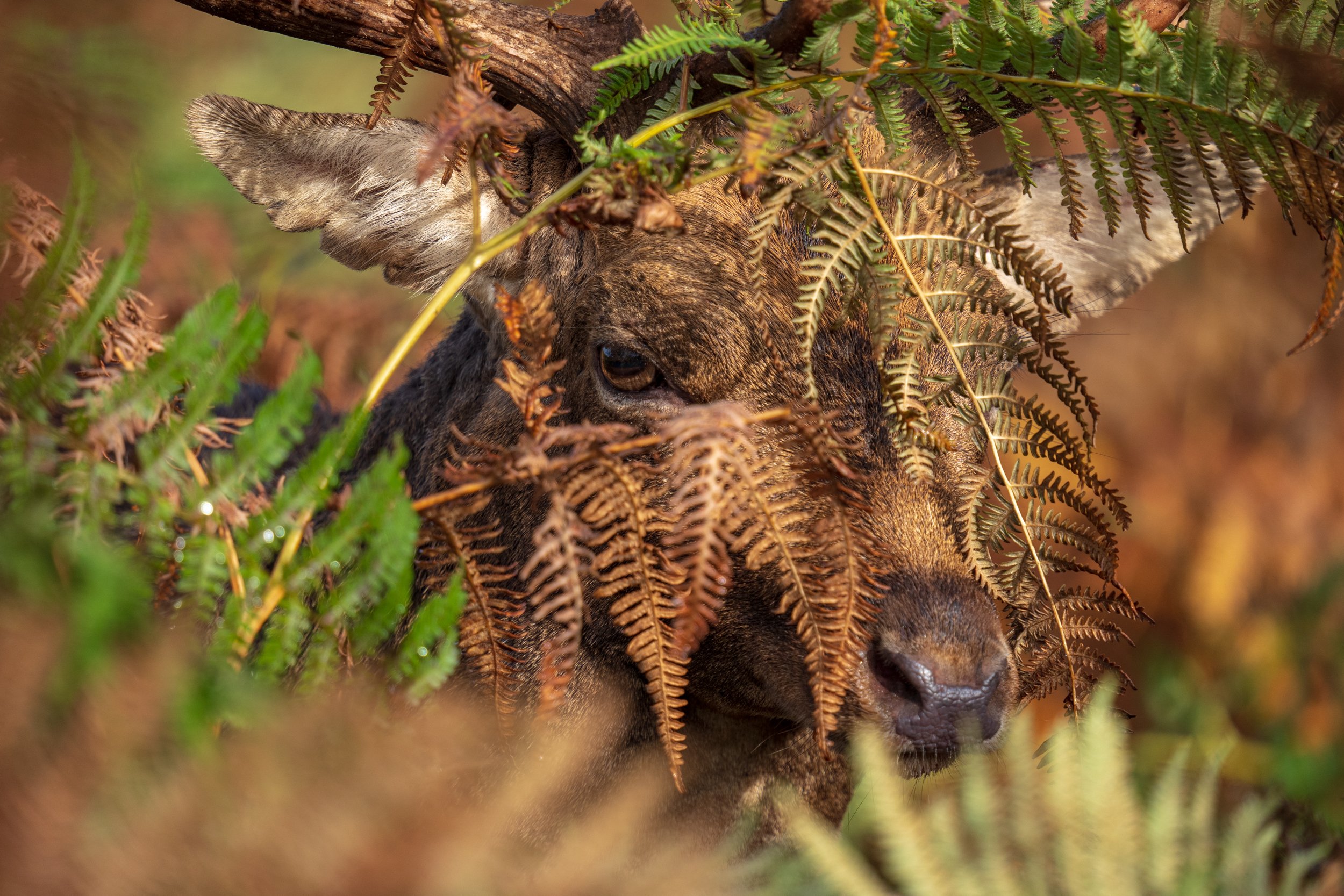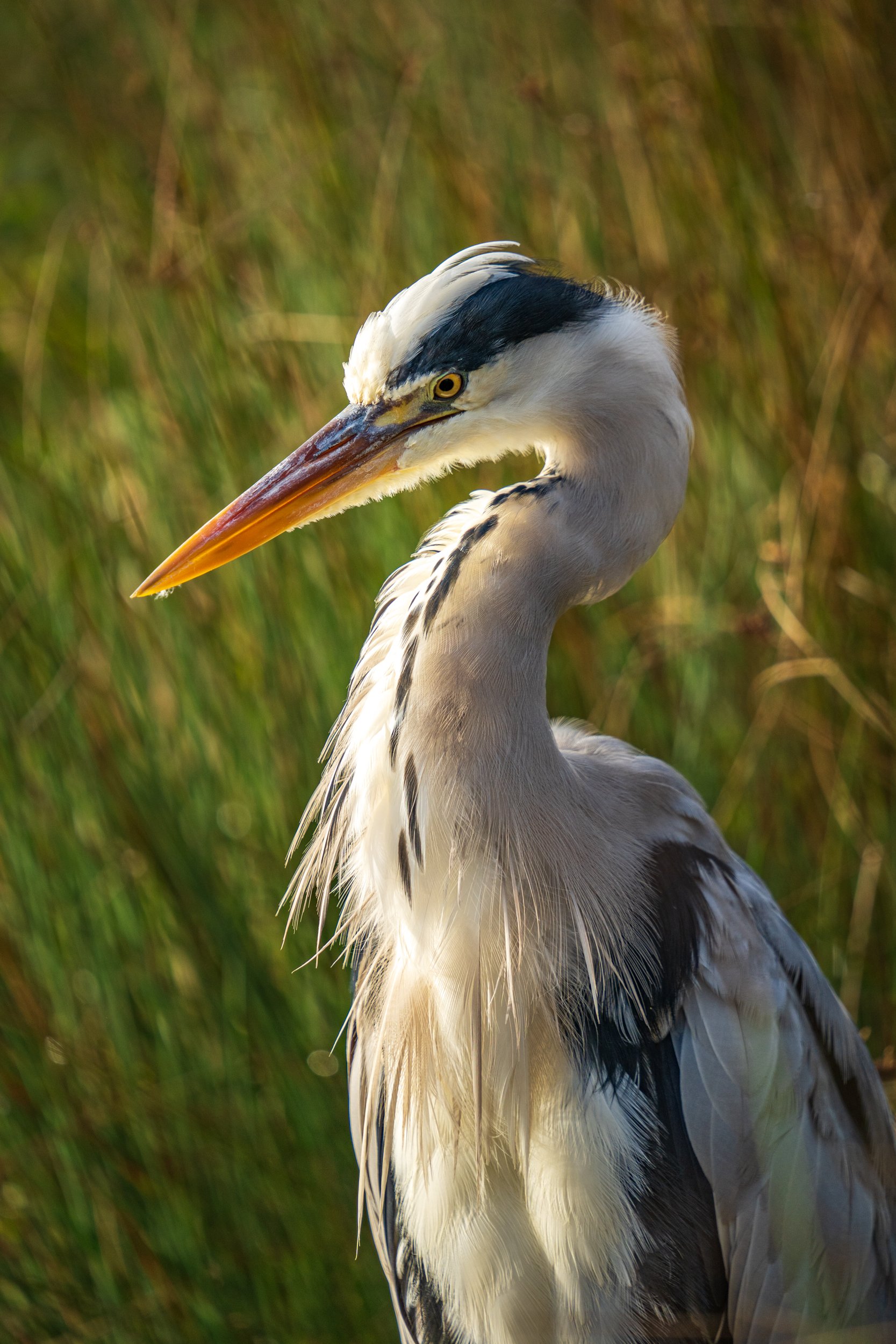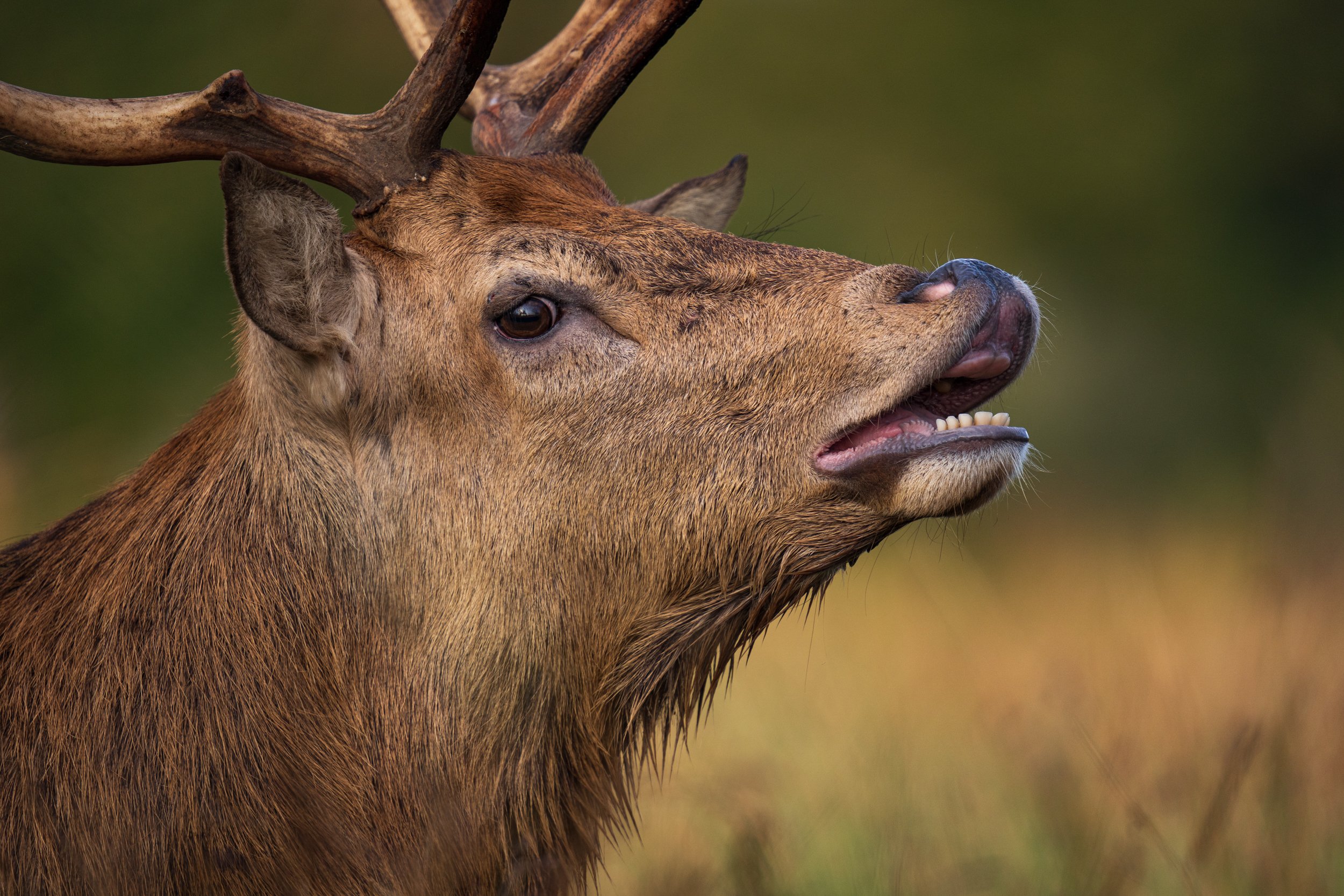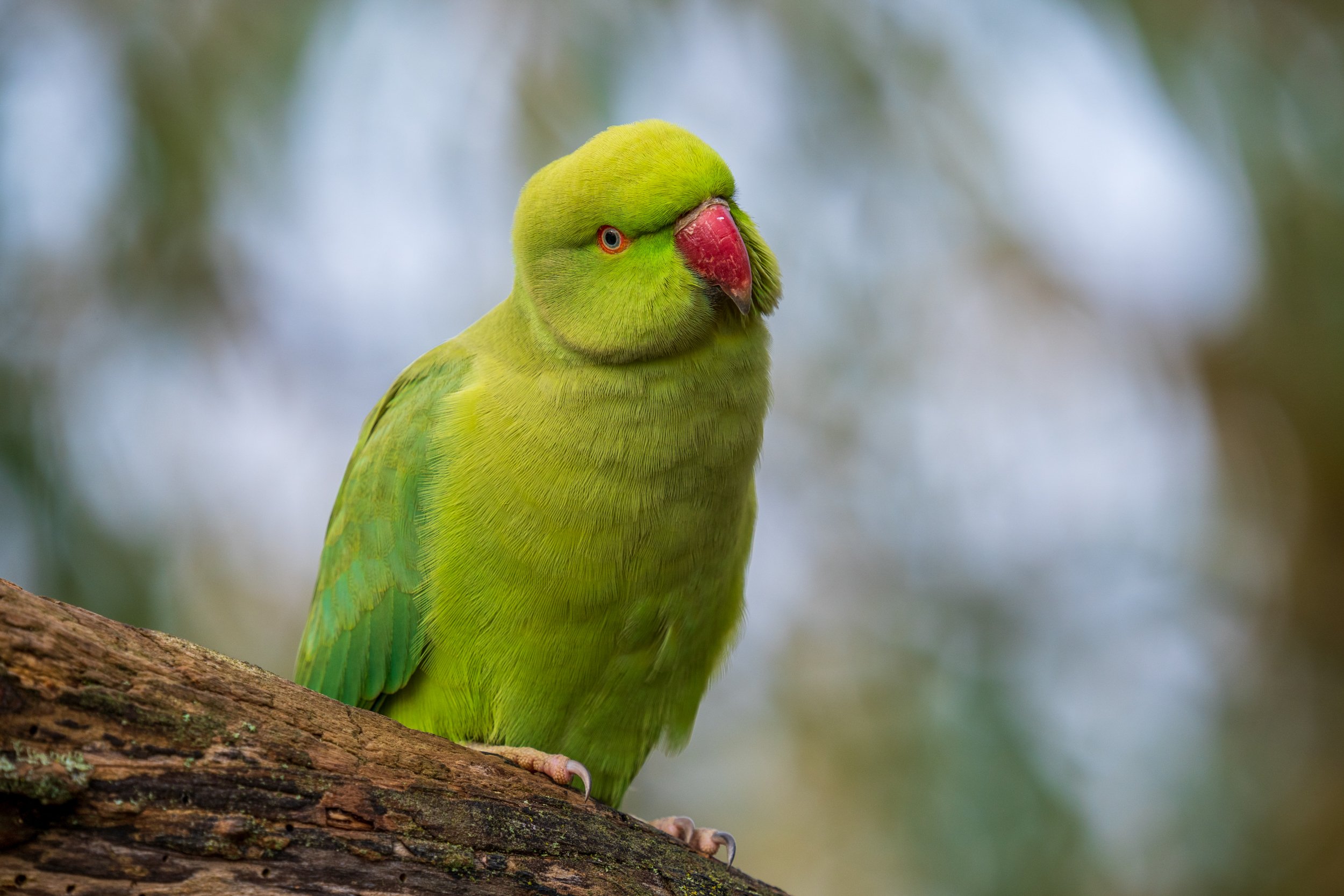Sigma 150-600mm f/5 - 6.3 DG DN OS Sports - Feat. Sony 200-600mm
Sigma 150-600mm f/5 - 6.3 Sport DG DN OS
Sony 200-600mm f/5 - 6.3 G OSS
This is my own personal lens, compared against the Sigma.
Big thanks to Sigma UK for loaning me their new telephoto lens. I had the lens for about two weeks, back in October 2021 and i’ve only just published this write up!
Build and design
The Sony 200-600mm features an internal zoom, meaning no matter what focal length you are at, the lens remains the same size. The Sigma has an external zoom, meaning it is at its longest when at 600mm. Below is a comparison of them both side by side to show you the differences. As you can see, the Sigma has the advantage when it comes to overall size. It really did make a difference when they were in my bag. The Sony is quite long and with most bags, I struggle to fit it in whilst attached to a camera body. No issues with that for the Sigma.
Hoods up on both. Sigma at 150mm.
Hoods up still, but the Sigma is now at 600mm.
Hoods are now reversed, with the Sigma at 150mm.
This is a side by side comparison, outlining the differences with their zoom throws. Basically, it means you are required to turn the zoom ring of the Sigma more than you would with the Sony. In a fast paced environment, this could slow you down, causing you to compose poorly, or miss the shot completely. Having owned Sigma’s other 150-600mm Sports lens (DSLR version), I’ve never really had any problems with the external zoom design, or the equally long throws. That being said, now that I own the Sony, I certainly much prefer the short zoom throw and wouldn’t like to go back to something as long as the Sigma.
Both lenses come loaded with a plethora of buttons and switches. The Sigma features an L-T-S switch, towards the bottom and in-between the zoom and focus ring. This is to control the smoothness of the zoom action. So you can lock it at 150mm - L. You can make the zoom tight - T. Or, you can have it fairly loose, for quicker zooming - S. I found the switches on this Sigma quite stiff and certainly not as precise to engage as the Sony.
These next few images are just to show you the differences between them, shot side by side on my Sony A7C
150mm @f/5 - Sigma
600mm f/6.3 - Sigma
600mm - f/6.3 Minimum focus distance - Sigma
200mm f/5 - Sony
600mm f/6.3 - Sony
600mm - f/6.3 Minimum focus distance - Sony
The 2 shots showing 600mm, are both unedited RAW’s, with any sort of corrections turned off. Something I notices with the Sigma is that it vignettes quite a bit. Compared against the Sony, the whole image appears a tiny little bit darker. This could mean that the Sigma transmits slightly less light to the sensor. With the 2 minumum focus distance shots, not only is the Sony a tad brighter, but it is slightly sharper too. The edge in sharpness here, is only really noticeable when you pixel peep though. If both images were the exact same brightness, I think you’d be having a hard time to tell them apart.
The minimum focus distance of the Sony at 200mm, is pretty average and roughly the same as most other zooms of this kind. The Sigma on the other hand, makes all other lenses look pathetic. When shot in the range of 150mm - 180mm, the minimum focus distance is incredibly close, offering a magnification ratio of 1:2.9! True to life macro begins at a 1:1 ration, so 1:2.9 is damn impressive, especially when you take into consideration that there is a lot of glass elements and can reach 600mm too. Below is an image I took of some mushrooms with a yellow dung fly on top. To the right is an unedited RAW file, cropped to roughly 100% - impressive!
1/60th - ISO160 - f/6.3 - Handheld, resting on the floor, IS mode 1.
150mm - 1/50th - ISO500 - f/11
Both lenses focus fast and accurate, although, the Sony is a bit speedier. The AF system on my A7r3 is decent, but not amazing. The A7c has a superior focussing system, so this is the camera I used to test AF performance. The Sigma did a great job and tracked really well too. There were only a few occasions when the lens drifted ever so slightly out of focus, then again, the Sony will do that on occasion too - I think it is subject dependant and whether there is enough contrast/light for the combo to pick up. I can’t really say much else about it - well done Sigma.
So, to conclude, the Sigma is a fantastic option for Sony shooters and although we have other options available now, for example the Tamron 150-500mm, there is only this 150-600mm Sports lens that can directly compete against Sony’s own 200-600mm. The way I see it, is the Sigma is a great tool to capture a wide and varied amount of subjects. The close focus between 150-180mm really does open up a new world, especially for those who don’t want to splash out on a dedicated macro lens. Now, i’m not suggesting this can replace a dedicated macro lens, but from what i’ve seen, it can sure ‘get close’ to macro lens performance. It really comes down to what you’ll be photographing and whether you only want to take one or two lenses with you, because the Sony is a perfect lens for photographing birds and large mammals etc, but it cannot take close ups of insects, or small mushrooms, meaning if you want to take those kinds of images, you may be required to bring a macro lens too. Sigma’s 150-600mm does all that, and does it all really well! The only minor gripes I have are the external zoom and also the really long zoom ring throw. Part of thinks that if I didn’t already have the 200-600mm, then i’d for sure get the Sigma because I shoot a lot of close ups as well as long distance telephoto subjects. If you are wondering which to get, then I think the simplest way I can put it is - Do you shoot anything small? Flowers, butterflies, fungi….if so, then go Sigma. If you mainly shoot larger subjects or things which don’t require getting close to, then go Sony. Try them both out in a shop if you can, but if not, you’ll not be disappointed with either of these amazing lenses. I do hope this has helped your decision in some way and if it has, let me know in the comments which you’re going for! Enjoy the gallery, they were all shot on a Sony A7r3 or A7c.

